Cancer Plants in the News
The pages linked here contain press releases as well as references to herbs and herbal preparations that have had considerable publicity.
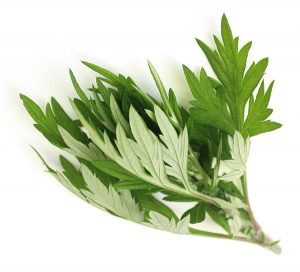 Artemisinin
Artemisinin
After an interesting archaeological find in China in 1972, Tu Youyou was awarded a Nobel prize in 2015 for her work in developing a cure for malaria cure that has saved many lives. Two bioengineering research professors at the University of Washington used the synthethic derivative of Artemisia annua to create an inexpensive and effective alternative to chemotherapy.
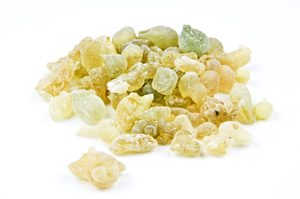 Boswellia
Boswellia
Some years ago, Gabriela Wagener-Klein, a practitioner in Nuremburg, told me that German doctors and naturopaths were getting excellent results — in ten days or less — with an Indian herb, Boswellia serrata, in the treatment of brain tumors. I have been cautiously passing on this information “for what it is worth,” knowing that people with such tumors suffer serious changes in function due to the pressure on the brain, a problem that is usually aggravated by edema.
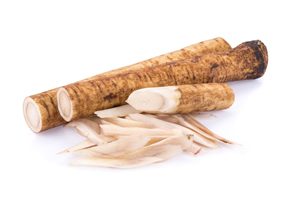
Essiac
A breast cancer patient attributed her cure to the use of four herbs used by the Ojibwa People to treat malignancies. Rene Caisse took an interest in the information and developed Essiac based on the information provided
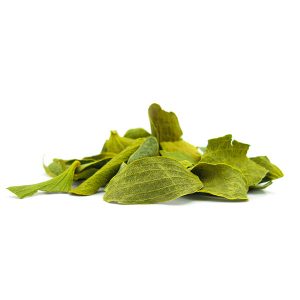
Iscador
Iscador is a derivative of Viscum album, a mistletoe plant that grows in many parts of the world. Medical Iscador is the result of many years of painstaking effort to explain the suggestion made by Rudolf Steiner (1981-1925) that mistletoe could be rendered effective in the treatment of cancer. It became internationally famous after Suzanne Somers brought it to the attention via mass media.
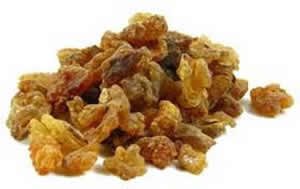
Myrrh
Myrrh trees can be found throughout northern tropical Africa and the Arabian Peninsula. The tree reaches about 15 feet in height, is spiny, and drought tolerant. The gum is harvested by making cuts in the bark.
Many experts throughout history have regarded cancer salves and pastes as the most thorough, safe, and efficacious way to treat cancer, especially skin and breast cancers but also cancers of other organs. In this book, Ingrid Naiman meticulously traces the use of such products in ancient India and by Hildegard of Bingen, Native Americans, and modern physicians. She provides detailed instructions for making and using the salves, a fair comparison of the pros and cons, and eight pages of color pictures showing responses to the products. Visit her Cancer Salves site for more information, answers to frequently asked questions, and a checklist for people facing cancer.
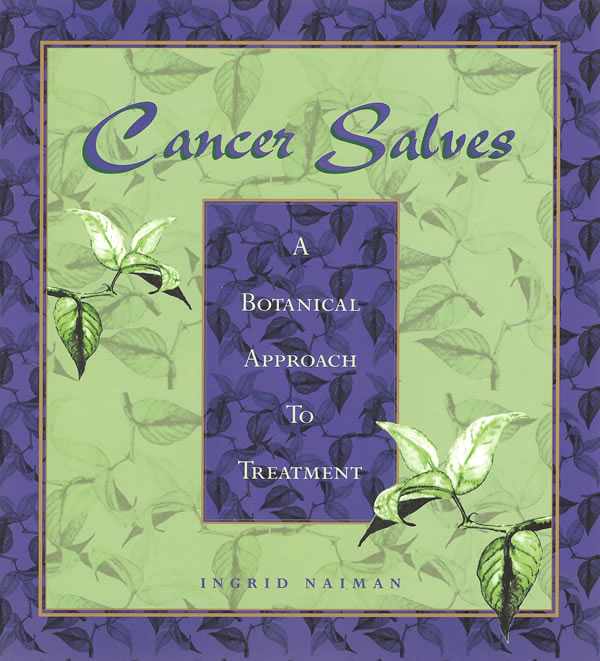
Cancer Plants
Donations
Your donations are greatly appreciated.
Information
Newsletter
To be notified of new posts to this site, please subscribe, using the link button below. You can cancel your subscription at any time you choose.
Copyright by Dr. Ingrid Naiman 2003 and 2018
All Rights Reserved || Institute for Invisible Epidemics
